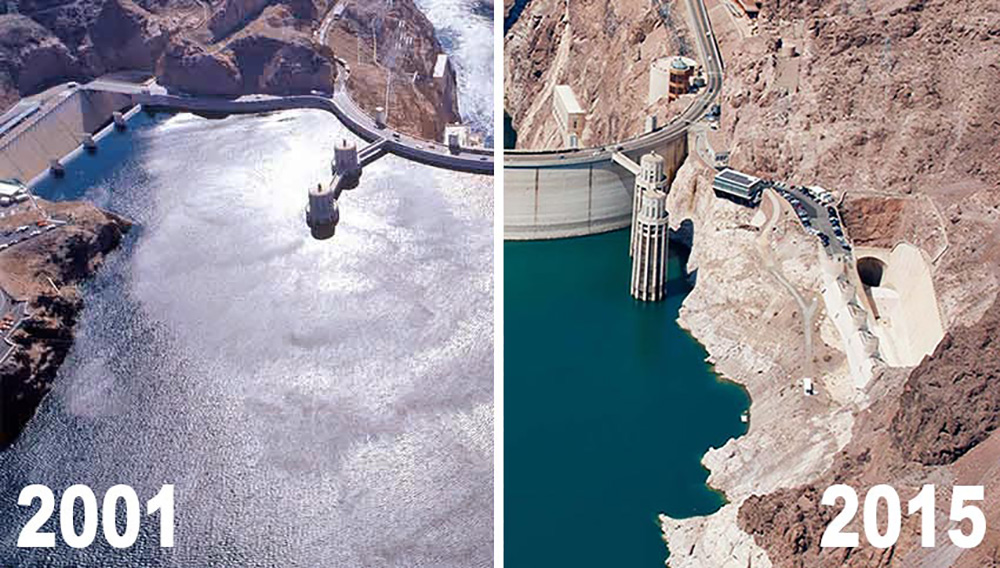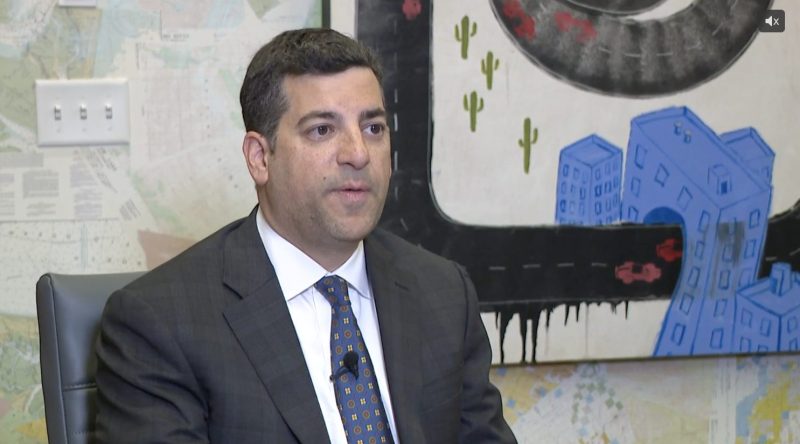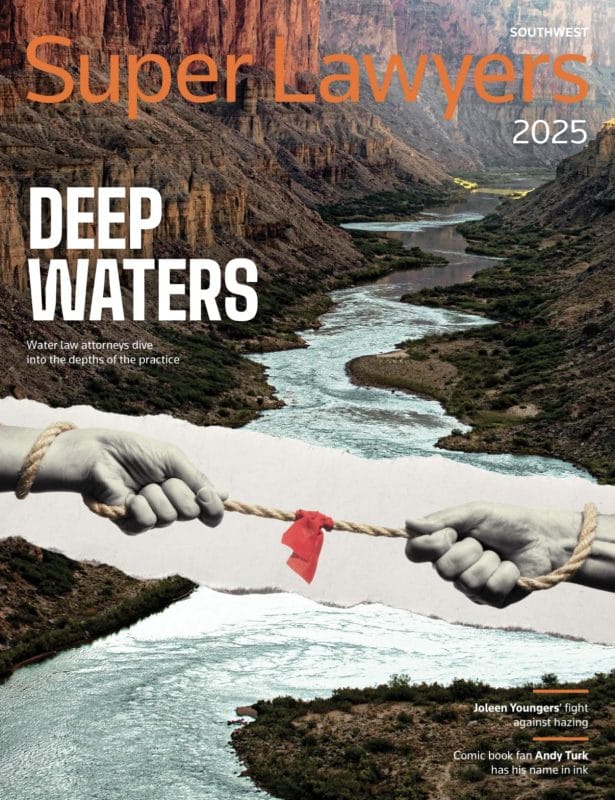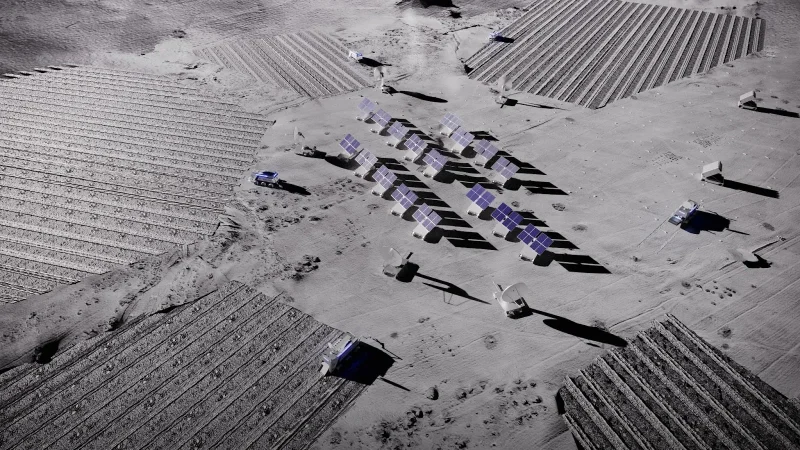Lake Mead water surface elevation dropped more than 143 feet in 15 years.
By Brandon Loomis | Arizona Republic
The federal government’s demand that Colorado River water users rapidly scale back water use to stabilize plunging reservoir levels has touched off debate about which states should conserve the most, and at what cost.
Headwaters states, whose snow supplies most of the river but who have yet to use the share they were promised a century ago, signaled their position this week that most cuts must come from users downstream of Lake Powell, including in Arizona.
RELATED: PHOTOS: Dropping water levels at Lake Mead
At the same time, Yuma farmers began discussing a plan that would ask the state compensate them handsomely for a major but temporary reduction in their use, perhaps on hundreds of thousands of acres of farmland.
Whatever the various states propose, others are poised to counter with offers that would maximize their own share. But the government’s directive has made clear there’s no more time to delay.
As deadlines loom, a new analysis published in the journal Science by a team of river scientists suggests that an aggressive move to curtail future growth of water uses in the less-developed Rocky Mountain states and new cuts in the tapped-out Southwest could strike the right balance.
That would force deep and costly cuts to Mexico and Arizona, California and Nevada — the so-called Lower Basin states downstream of Lake Powell — while dramatically reducing new water diversions that the Upper Basin states had expected to develop in coming decades.
The plan would require the Lower Basin to accept previously negotiated cuts now, instead of progressing through tiers of pain as Lake Mead’s storage drains away in coming years, according to researchers with the Center for Colorado River Studies.
The Upper Basin states of Wyoming, Utah, Colorado and New Mexico would then hold their consumption near current levels. That would stabilize fast-declining water levels in Lake Mead and Lake Powell around their current elevations, allowing both to continue producing hydropower and deliver water as needed.
Colorado River:Drought may be the ‘new normal’ and living with it will be costly, leaders say









